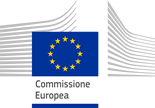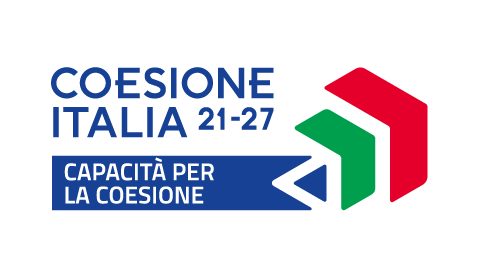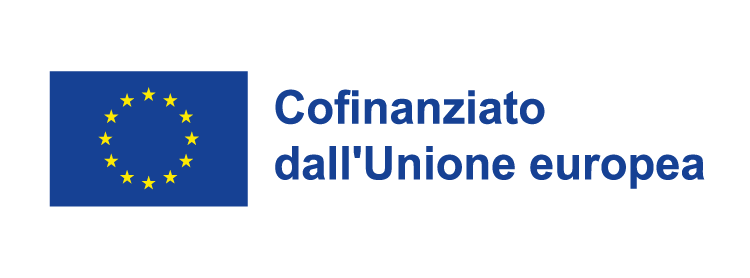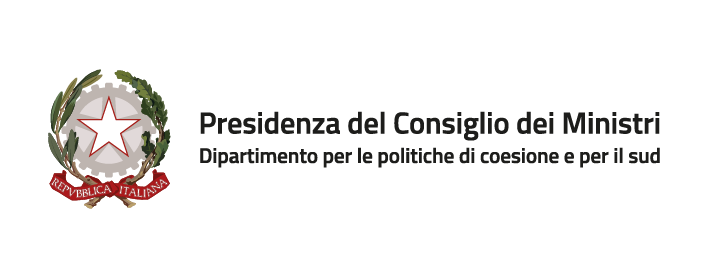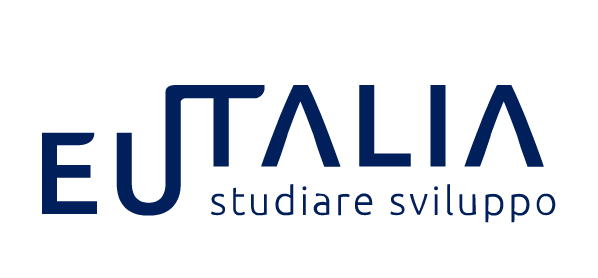
Soon after our report regarding lesson 1, “design”, our Team worked hard to find accurate and useful data required to get a general idea related to our project main topics: wind energy and artificial intelligence.
Firstly, we devoted our research to the exact location of the wind turbines in the Italian territory (See Fig. 1 - WHICH ITALIAN REGIONS HAVE MORE GENERATORS ?). By looking at our graphs, it can be seen that Apulia has the highest number of generators, 1696, followed by Sicily with 1602 and Campania with 1167; after that we have Sardinia, Basilicata and Calabria, respectively with 719, 707 and 628 turbines. On the other hand, there are only 10 off-shore generators, placed in the sea. Therefore, after analysing the data, we realised that most of the facilities are located in the southern regions. This is not a coincidence, and it is easy to say why: that’s because meridional regions are the most exposed to wind, so they turn out to be the ideal places to set wind turbines.
Afterwards, we examined which sources of electricity mostly came from in the years 2000 and 2022, distinguishing between the whole Sicily and the province of Catania (See Fig. 2 - WHAT ARE THE MAIN SOURCES ?).
In Sicily, during 2000, electricity was mainly produced by water (805.59 GWh) and thermoelectric plants (24494.54 GWh). And besides this, few energy was generated by photovoltaics (0.15 GWh) and nothing by wind power and geothermal power plants.
By the way, we can say that in 2022 we have made some steps forward. Most of the electricity still came from thermoelectric power plants (14091.98 GWh), but other sectors were also growing. In fact, the electricity generated by wind (3228.42 GWh) and photovoltaic (2174.29 GWh) power was increasing; while the water sector energy was decreasing (410.18 GWh).
Focusing on the province of Catania. In 2000, the production of electric energy, deriving from wind power and geothermal power plants, was zero. Furthermore, very little of that was produced by photovoltaic (0.05 GWh) and thermoelectric (3.63 GWh) power plants. Average that generated by hydroelectric power plants (59.29 GWh).
Moreover, in 2022 there is still no electricity production coming from geothermal power plants but, in return, the other sources have been improved. At the top we find the photovoltaic sector with 352.17 GWh, followed by the wind sector with 336.62 GWh. After that, the water sector with 97.98 GWh and finally the thermoelectric one with 81.49 GWh.
We have also analysed the gross production of wind energy over a period of time starting from 2000 to 2022 making, once again, a distinction between Sicily as a whole and the province of Catania. (See Fig. 3 - LET’S LOOK INTO EOLIC ENERGY PRODUCTION FROM 2000 TO 2022).
In Sicily, production increased steadily until 2013, but decreased in 2014 and 2015. It grew in 2016 and lowered again in 2017 and then raised until 2019. In 2020, in fact, production decreased due to the Covid – 19 pandemic. It grows again in 2021 and then decreases slightly in 2022.
However, in the province of Catania, there was no gross production of wind energy from 2000 to 2004, after which, from 2005 to 2022, increased and decreased following the same trend that characterised Sicily (above described).
In addition, we analysed the efficient power installed in 2022 in the various regions of Italy. (See Fig. 4 - COMPARISON OF THE POWER INSTALLED IN 2020 AND EXPECTED IN 2030 IN ITALY). On the podium Apulia, Sicily and Campania with, respectively, 2867 MW, 2088 MW and 1823 MW of installed power; these were followed by Basilicata (1361 MW), Calabria (1147 MW) and Sardinia (1084 MW). We have added to data acquired the installable power in 2030 and the digrama shows that off-shore implants will take first place with 3900 MW potentially installable. Furthermore this target is connected to the goal 7 of the 2030 Agenda, which aims to ensure everyone access to affordable, reliable, sustainable and modern energy systems. In turn, this theme refers to our motto: "Advanced Wind: The Future is Now".
At last, we searched for other companies similar to our project’s beneficiary, Baxenergy. In Italy, more precisely in Pontedera, we found the company “Gevi Wind”, established in 2022. Thanks to the dedication of its employees and their passion for renewable energy, the corporation developed and created a new and efficient type of turbine. The Gevi Wind turbine is able to collect data from wind and, thanks to artificial intelligence, to maximize energy production. This allows us to reduce the size of the turbines and simplify their installation, so that they can also be used in urban environments. Thanks to careful load management, AI allows us to prolong turbines lives and use innovative materials in order to make them completely recyclable, fitting into a circular and sustainable economic circle.











